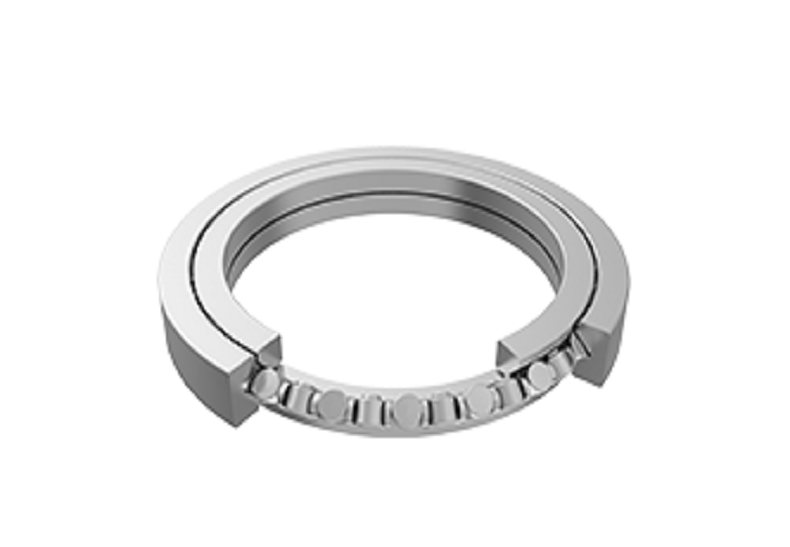With the continuous development of industrial technology, cross roller bearings play a crucial role in various mechanical equipment. As a common type of bearing, its load-carrying capacity significantly impacts the performance and lifespan of mechanical equipment.
The Load-Carrying Capacity of Cross Roller Bearings
Cross roller bearings are specifically designed to support rotational loads, featuring a special structure that allows them to bear radial and axial loads through cross rollers. Their load-carrying capacity is influenced by multiple factors, primarily including bearing materials, manufacturing processes, lubrication conditions, among others.
Bearing Materials
Common materials for cross roller bearings include chrome steel, stainless steel, and ceramics. Chrome steel possesses high hardness and strength but may be affected in high temperatures or corrosive environments. Stainless steel has better corrosion resistance but relatively lower strength. Ceramic bearings, due to their high hardness, low friction, and corrosion resistance, are increasingly used in special applications.
Manufacturing Processes
The manufacturing process directly affects the quality and load-carrying capacity of the bearings. Precision machining processes can ensure the accuracy and stability of the bearings, thereby improving their load-carrying capacity. The precise shape and size of the raceways are key to ensuring the load-bearing capacity of the bearings.
Lubrication Conditions
Good lubrication is a key factor in ensuring the normal operation and improved load-carrying capacity of bearings. Appropriate lubricating grease and lubrication methods can reduce friction and wear, thereby extending the service life of the bearings.
Design Structure
A good design structure can improve the load distribution and lateral force resistance of the bearing. The internal structural design of the bearing should fully consider the load situation to ensure the maximization of the load-carrying capacity.
Methods to Enhance the Load-Carrying Capacity of Cross Roller Bearings
In practical applications, meeting higher work requirements makes it crucial to enhance the load-carrying capacity of cross roller bearings. Here are some methods to improve this capacity:
Select Appropriate Materials
Choose bearing materials suitable for high temperatures, high strength, or special environments according to specific working conditions and requirements. Different materials have different physical and chemical properties, so selecting the right material is essential for improving load-carrying capacity.
Optimize Manufacturing Processes
Roller bearing manufacturers adopt advanced manufacturing processes to ensure the accuracy and surface quality of bearings. By optimizing machining processes, the hardness and wear resistance of the bearings are enhanced, thereby increasing their load-carrying capacity.
Improve Lubrication Methods
Choose appropriate lubricating grease or lubrication methods to ensure that the bearings can achieve good lubrication under high-speed rotation or heavy load conditions. Regularly replacing lubricating grease or oil ensures maintained lubrication performance.
Optimize Bearing Structure
Improve the internal structure of the bearings, such as optimizing the shape of the raceways and increasing the number of rollers, to enhance the load-carrying capacity. Reasonable structural design helps improve the load-carrying capacity and lifespan of the bearings.
Ensure Proper Installation and Maintenance
Proper installation and regular maintenance are crucial for the normal operation and sustained load-carrying capacity of bearings. Correct installation can prevent premature bearing failure due to improper installation, while regular maintenance can extend the service life of the bearings.
The above are the aspects concerning the load-carrying capacity of cross roller bearings and methods to enhance this capacity. As indispensable components in mechanical equipment, their load-carrying capacity is directly related to the performance and lifespan of the equipment. By choosing appropriate materials, optimizing manufacturing processes, improving lubrication methods, optimizing bearing structures, and ensuring proper installation and maintenance, the load-carrying capacity of cross roller bearings can be effectively enhanced to meet the needs of different working environments and requirements. In practical applications, roller bearing manufacturers and engineers should comprehensively consider various factors based on specific circumstances to enhance the overall performance and reliability of cross roller bearings.

 English
English
